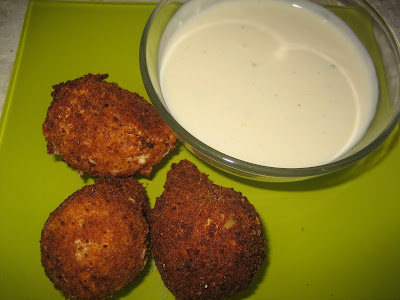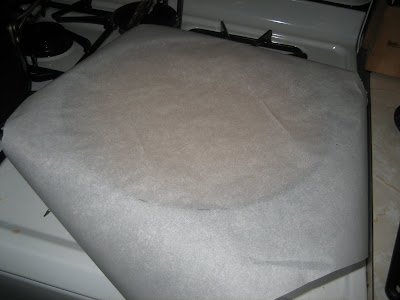"The Mayri, which Martim founded on the riverbanks within the shores of Ceará flourished. The Word of the true God budded in the savage land, and the holy Church-bells re-echoed through the valley; where once bellowed the Maraca."
Book: Iracema by Jose de Alancar
Recipes: Created Specifically for Ben Killen
Pastels Fritos
(Fried Shrimp and Cheese Treats)
1 lb cooked shrimp, peeled, deveined and cut into small pieces
1 lb faux Catupiry cheese
1 bunch Fresh parsley, chopped
20 Goya Empenada wraps
Salt and pepper to taste
Oil for frying
Mix the filling together over low heat to keep the cheese smooth. Spoon filling into the center of the wraps, fold the wrap in half and seal by crimping the edges with a fork.
Flip the treat over and crimp with a fork on the other side as well. Heat the oil over high heat and fry the treats until they are golden brown.
They are quite good. And there is a whole tupperware full of them just for Ben.
About the book:
My final reaction: You have got to be kidding me! The good news is that she did not kill her own brother. Apparently she just wounded him. He comes back to see her in her loneliness and just when you think he's about to kill her to fulfill their father's prophecy, you realize that she's actually going to die of a hunger strike. Martim goes away to make her safe and she, the daughter and sister of warriors, can't stand to be alone with her son and she dies. She almost kills the son in the process. "The daughter of Araquém at last began to feel that her veins were drying up, and withal her life, embittered by sorrow, rejected the nourishment which might have restored her strength. Tears and sighs had alike banished the smile and the appetite from her beautiful mouth." When Martim comes home, triumphantly having kept his own Portuguese people from invading, you would think she'd get better, but no, "Iracema rose no more from the hammock where the afflicted arms of Martim had placed her. The husband, whose love was born anew with paternal joy, surrounded her with caresses, which filled her soul with its former happiness. But they could not bring her back to life. The stamen of her flower was broken forever." And she expires. And in his grief, he goes back to Portugal and returns with a conquering army.
Pro-colonial literature is lame.

















































